
5 Ways to Effectively Manage Warehouse Space
1.Implement Vertical Storage Solutions Maximizing vertical space is one of the most effective ways to increase warehouse capacity without the need for costly expansions. By
Cost management in material handling equipment (MHE) can be optimized with several strategies aimed at balancing expenses with operational needs. Here are some effective solutions:
A well-designed preventive maintenance schedule enables proactive equipment management, minimizing costly failures and unscheduled downtime. By establishing regular inspection and servicing routines, your team can detect wear, adjust components, and handle minor issues early. This not only extends equipment lifespan but also maintains peak efficiency, enhancing productivity.
Additionally, preventive maintenance often involves tracking usage data and equipment conditions, which supports better decision-making for replacements, upgrades, and budgeting for future needs. In the long run, these practices lead to safer operations and more predictable maintenance costs.

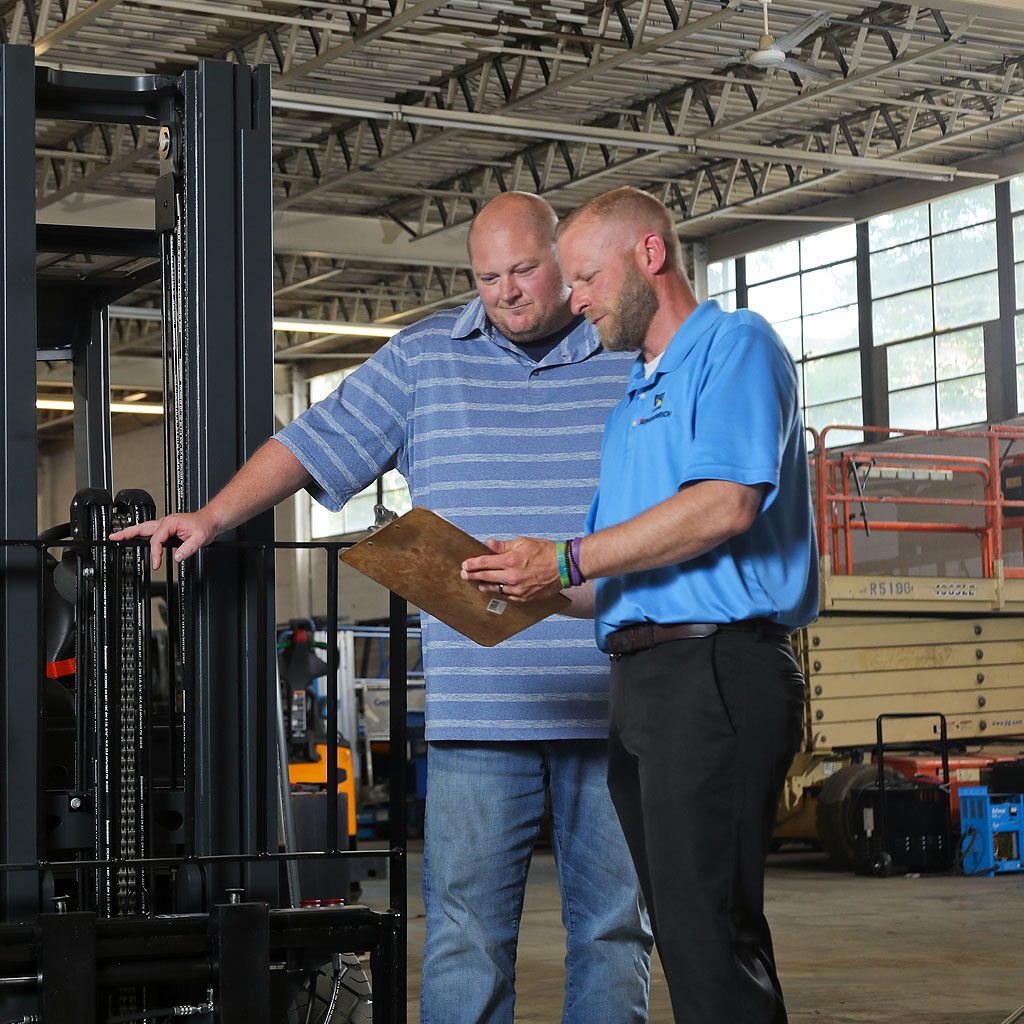
2. Lease vs. Purchase Analysis
When deciding between leasing and buying equipment, usage intensity is key. Leasing often provides benefits like lower upfront costs, tax deductions, and flexibility to upgrade as technology advances, making it ideal for equipment that sees varied or short-term use. This flexibility also helps businesses avoid long-term depreciation costs on equipment they may need to replace.
On the other hand, purchasing may be more economical for heavily used equipment that will remain essential long-term, allowing businesses to fully capitalize on their investment and avoid ongoing lease fees.
Tracking equipment usage provides valuable insights into operational efficiency and resource allocation. By identifying under-utilized equipment, managers can redistribute resources to avoid idle assets, potentially reducing the need for additional purchases. Likewise, detecting overworked equipment allows for timely intervention to prevent excessive wear and tear, reducing the risk of breakdowns and extending equipment lifespan.
This data-driven approach not only optimizes usage but also informs budgeting and scheduling, helping managers make better decisions on maintenance, replacement, or acquisition, which supports cost-effective operations. Tri-Lift NJ offers one complete package that can help you track all of this. Learn More About LTS.
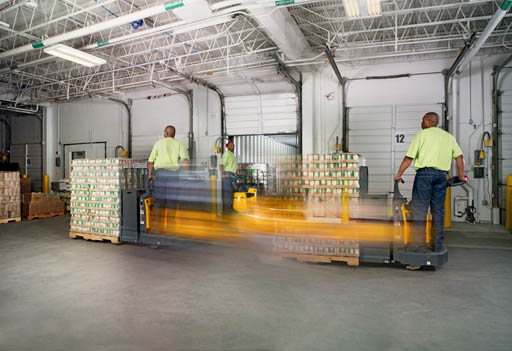
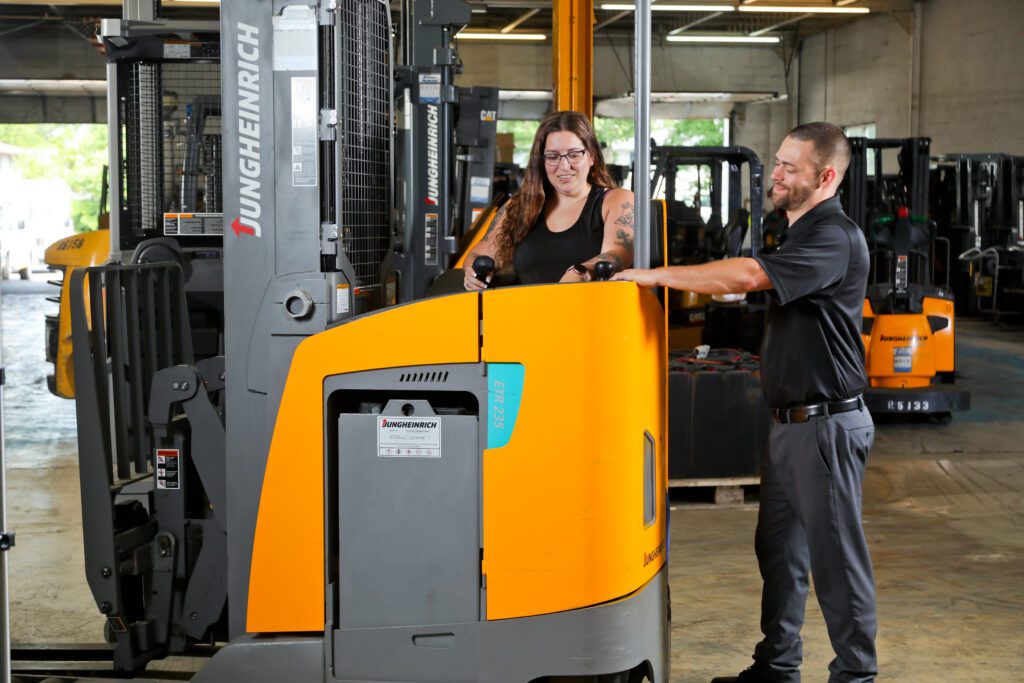
4. Operator Training for Efficiency
5. Reconditioned or Refurbished Equipment
Reconditioned equipment offers a cost-effective alternative to buying new, especially for tasks that don’t require the latest technology or heavy-duty performance. Refurbished models are inspected, repaired, and tested to ensure reliability, often with warranties similar to new units.
For warehouses, investing in reconditioned equipment for non-critical or lower-use tasks can result in significant savings without sacrificing performance. This approach allows companies to allocate more resources toward essential operations or high-demand equipment, maximizing budget efficiency while maintaining operational standards.
6. Evaluate Total Cost of Ownership (TCO)
Evaluating equipment based on Total Cost of Ownership (TCO) provides a complete picture of long-term expenses, extending far beyond the initial purchase price. TCO includes routine maintenance, repairs, energy or fuel consumption, training, insurance, and eventual depreciation or resale value.
By focusing on TCO, businesses can identify equipment that may have a higher upfront cost but offers lower long-term expenses due to efficiency, reliability, or lower maintenance needs. This approach promotes better resource allocation and ensures that equipment investments align with long-term operational goals and budgetary efficiency.
Tri-Lift NJ offers a free Total Cost of Ownership Calculator HERE
7. Upgrade to More Efficient Electric Forklifts.
Investing in energy-efficient equipment offers significant long-term savings by reducing fuel and electricity consumption. Newer models are designed to optimize energy use, which lowers utility costs and minimizes the environmental footprint of operations. Over time, these energy savings can offset the initial investment in more efficient equipment.
Furthermore, energy-efficient equipment may qualify for rebates, incentives, or tax breaks, further enhancing the financial benefits. This investment aligns operational goals with sustainability objectives, benefiting both the bottom line and the environment.
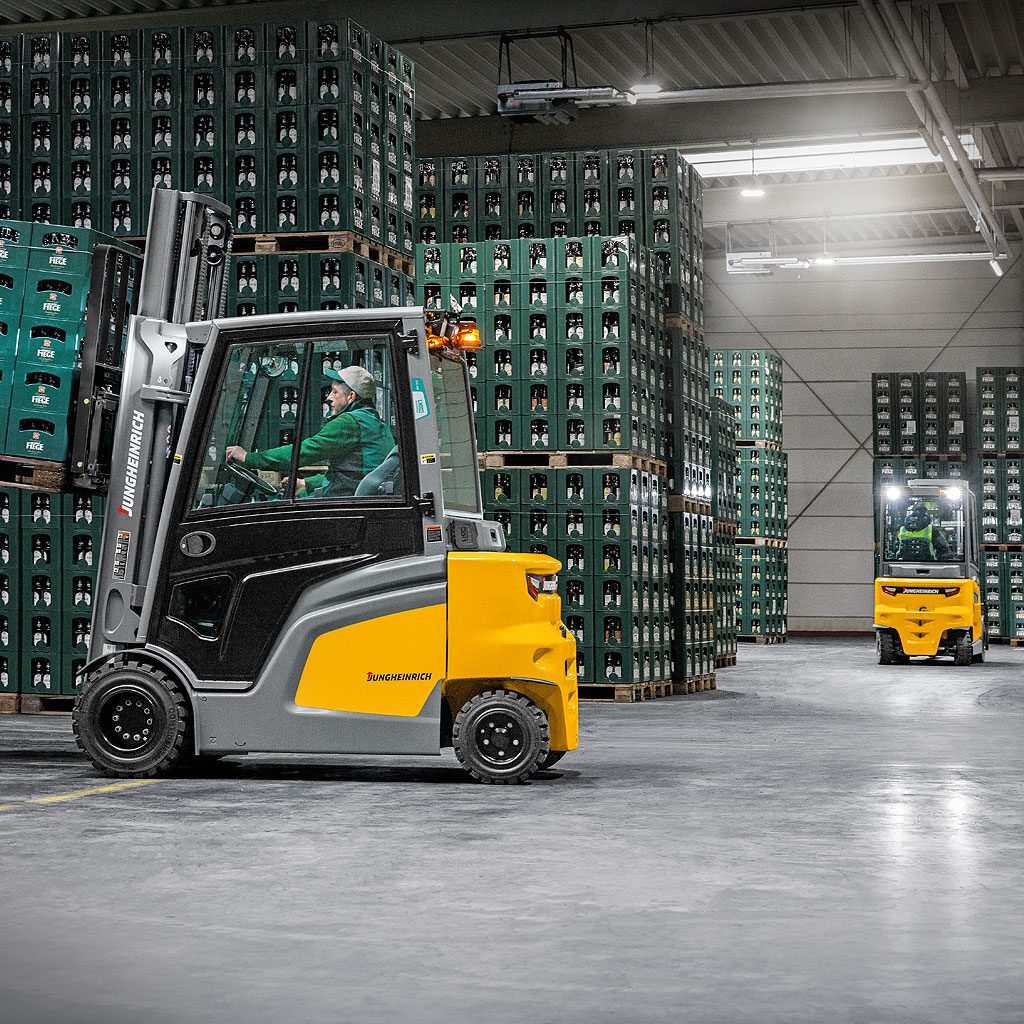

1.Implement Vertical Storage Solutions Maximizing vertical space is one of the most effective ways to increase warehouse capacity without the need for costly expansions. By
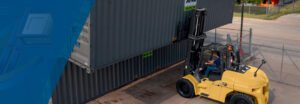
Forklift tip-overs can result in serious injury or death and operators should always exercise caution. According to the Occupational Safety and Health Administration (OSHA), forklift
732.220.0444
1471 Jersey Avenue
North Brunswick, NJ 08902